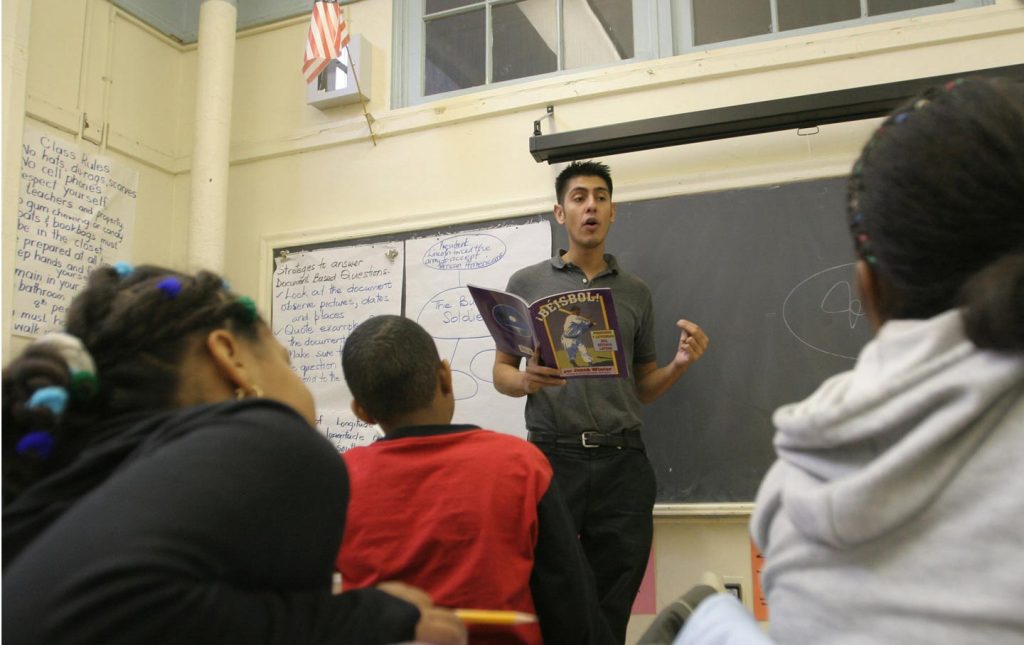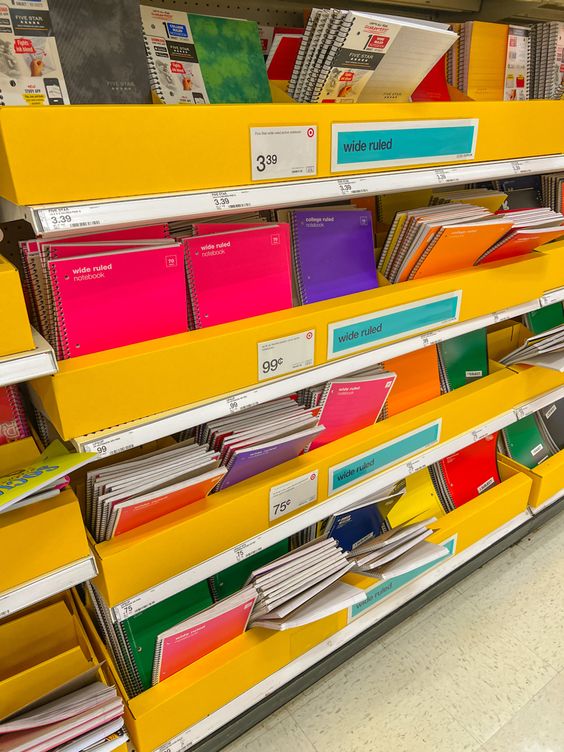Introduction
Credit recovery programs have become increasingly popular as a way to help students who have fallen behind in their coursework. These programs are designed to allow students to make up for missed or failed classes, with the end goal of getting them back on track and ultimately obtaining a high school diploma. While the intentions behind credit recovery are admirable, I believe there are fundamental issues with the system that need to be addressed. In this article, I will outline my reasons for not believing in credit recovery programs and propose alternative solutions.
Main Issues with Credit Recovery Programs
1. Quality of Education
One of my primary concerns with credit recovery programs is the quality of education provided to students. Often, these programs rely on online coursework which lacks the personalized instruction and support one might receive in a traditional classroom setting. As a result, students may miss out on valuable learning experiences and may not gain a deep understanding or mastery of the subject matter.
2. Motivation
Credit recovery programs can reduce the incentive for students to put forth their best effort in their regular coursework. Knowing that they have a fallback option if they don’t succeed may lead to complacency and decreased motivation. Students may not see the value in working hard in their classes when they can simply make up missed credits later on.
3. High Pass Rates
Many credit recovery programs boast high pass rates, but this can be misleading. High pass rates may indicate that course content is watered down or graded leniently in order to help students progress through these programs more easily. This dilutes the value of a high school diploma and undermines the accomplishments of students who worked diligently throughout their education.
Alternative Solutions
Instead of relying on credit recovery programs, I propose exploring alternative solutions that address the root causes of why students fall behind:
1. Early Intervention
Schools should prioritize the early identification of struggling students and provide targeted interventions to help them get back on track. This could involve working with teachers and school counselors to develop personalized learning and support plans, as well as offering after-school tutoring or academic coaching.
2. Smaller Class Sizes
Reducing class sizes can lead to more focused instruction and a personalized educational experience for all students. This may require additional investment in educational resources and staffing, but the long-term benefits of improved academic outcomes are well worth it.
3. Engaging Curriculum
An engaging curriculum that ties in real-world applications and encourages critical thinking will help keep students invested in their education. Schools should consider incorporating project-based learning, hands-on experiences, and real-life problem-solving exercises into their curricula.
Conclusion
While credit recovery programs may seem like a quick fix for helping struggling students get back on track, I believe they do not adequately address the underlying issues at play. To truly help students succeed, we must employ more comprehensive solutions that prioritize quality education, early intervention strategies, and an engaging learning environment.











